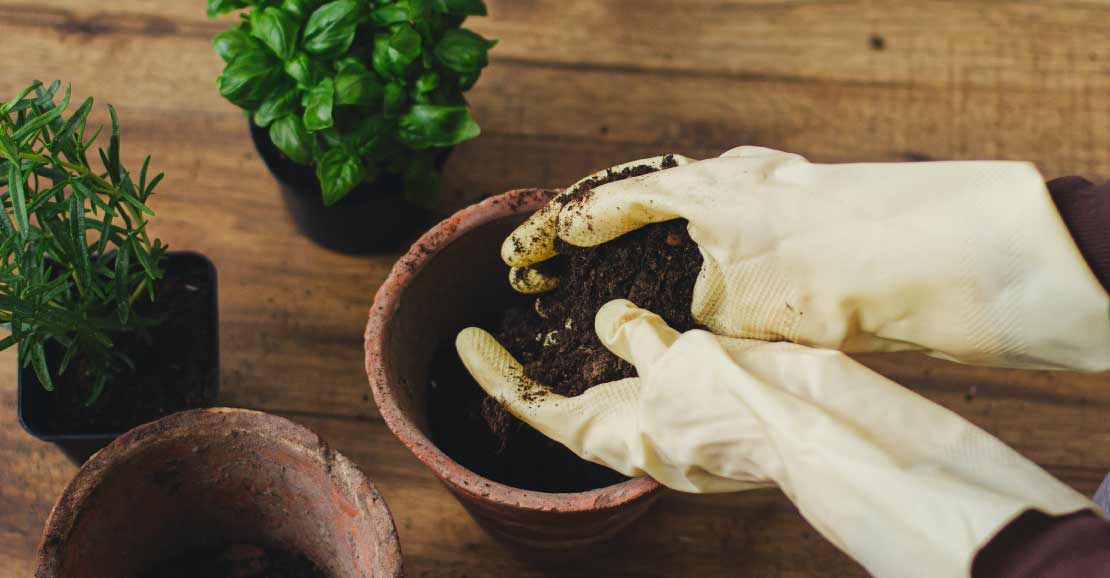
Choosing the Right Pot for Your Plants: A Guide to Healthy Growth
Every plant requires a suitable pot to thrive, but with so many options available, how can you choose the right one? In this article, we’ll explore the various factors to consider when selecting a pot for your plants, ensuring they can grow and flourish in their new home.
Choosing the right pot is essential for the health and growth of your plants. A pot that is too small may restrict the roots and limit the amount of nutrients the plant can absorb, while a pot that is too large may lead to overwatering or root rot. Furthermore, different plants have varying requirements, so it’s crucial to select the right pot based on the type of plant you have. In this article, we’ll guide you through the process of selecting the perfect pot for your plant, considering factors such as size, material, drainage, and more.
Consider the Size of Your Pot
The first and most crucial factor to consider when choosing a pot is size. Select a pot that is the right size for your plant – not too big, and not too small. A pot that is too small will restrict the growth of the plant and may lead to it becoming root-bound. On the other hand, a pot that is too big will hold too much soil and retain too much water, leading to overwatering, which can be detrimental to the plant’s health.
When selecting a pot, consider the size of the plant’s root system. If the plant is small and has a shallow root system, a smaller pot will suffice. If the plant has a deep root system, a larger pot is necessary. Additionally, keep in mind that plants grow over time, so you may need to repot them into a larger container as they grow.
Choose the Right Material
The material of your pot is another essential factor to consider. There are several materials to choose from, including terracotta, plastic, ceramic, and more. Each material has its advantages and disadvantages, so choose one based on your plant’s needs and your lifestyle.
Terracotta pots are an excellent option for plants that prefer drier soil, as they are porous and allow water to evaporate quickly. However, they can be fragile and may crack if dropped. Plastic pots are lightweight, durable, and affordable, but they may not be the most aesthetically pleasing option. Ceramic pots are stylish and come in a variety of colors and patterns, but they can be heavy and may break if dropped.
Consider Drainage
Good drainage is crucial to the health of your plants. When selecting a pot, ensure it has adequate drainage holes to allow excess water to drain away from the roots. Without proper drainage, the plant may become waterlogged, leading to root rot and other diseases.
Additionally, choose a pot that has a saucer to catch excess water. This will prevent water from seeping onto your furniture or floors and will also help to regulate the soil’s moisture levels.
Think about Your Lifestyle
Consider your lifestyle when selecting a pot. If you travel frequently or have a busy schedule, a self-watering pot may be the best option for you. These pots have a reservoir that holds water, allowing the plant to absorb water as needed. This can be especially beneficial for plants that require consistent moisture levels.
On the other hand, if you enjoy gardening and have more time to devote to your plants, a standard pot may be a better option. These pots require more attention and care, but they also provide an opportunity for you to connect with your plants and observe their growth.
Choosing the right pot for your plants is essential for their health and growth. Consider factors such as size, material, drainage,
